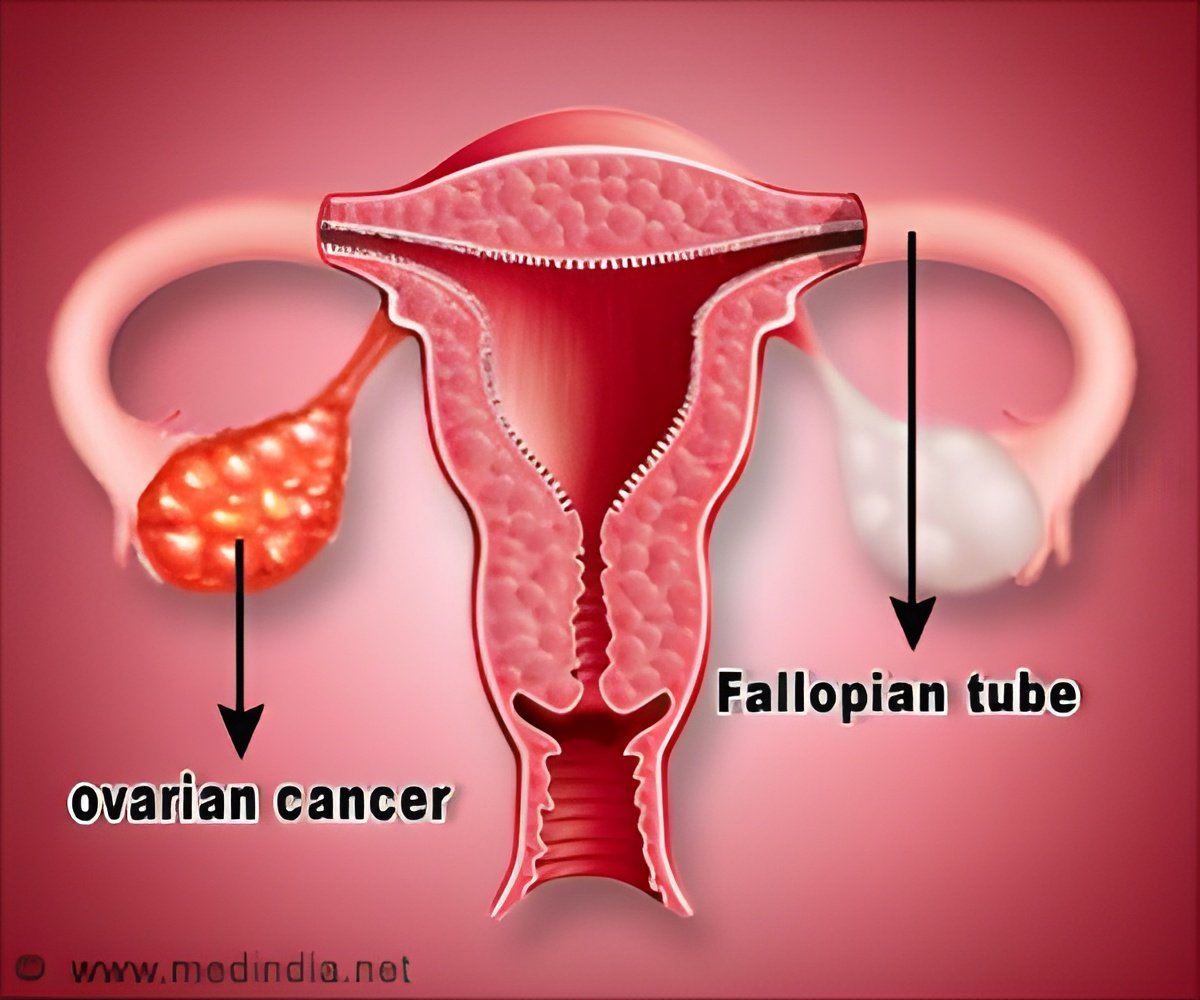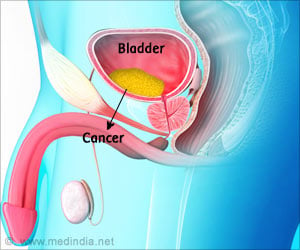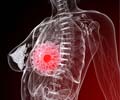The most frequent contributors to hereditary cancer risk in human population so far are the inherited mutations in the BRCA1 or BRCA2 tumor suppressor genes.

Described online in the April 28 issue of the journal Nature, the discovery could ultimately provide clinicians with valuable new information to help them ascertain risk and guide patient treatment when faced with BRCA mutations of uncertain significance, and offers a potentially valuable new tool for the development of cancer therapeutics.
"Mutations in the BRCA genes cause breast and ovarian cancers that affect thousands of women throughout the U.S. and around the world, often striking them in the prime of life," says senior author Ralph Scully, MB BS, PhD, a leader in the Breast Cancer Oncology program in BIDMC's Cancer Center and Associate Professor of Medicine at Harvard Medical School. "For almost two decades, scientists have been striving to better understand the tumor suppressor functions of BRCA1 and BRCA2."
Potentially harmful breaks in DNA strands commonly occur during DNA replication, a prerequisite to cell division. These breaks occur when the replication fork that duplicates the genome stalls at sites of DNA damage. If not properly repaired, the breaks can promote genomic instability, leading to cancer and other diseases.
"Some years ago, we and others suggested that BRCA1 and BRCA2 regulate homologous recombination at sites of stalled replication," explains Scully. "We believe that this function is critical to how these genes suppress breast and ovarian cancer. Until now, we haven't had the tools necessary to study in molecular detail the HR processes at sites of replication fork stalling in the chromosomes of a living mammalian cell."
To solve this problem, first author Nicholas Willis, PhD, a postdoctoral fellow in the Scully laboratory, created a new tool by harnessing a protein-DNA complex that evolved in bacteria.
Advertisement
The acid test for the new tool, say the authors, came when this same short Ter sequence was placed into a reporter, a slightly larger DNA sequence that can undergo certain rearrangements within a chromosome when triggered to do so. "When it engaged in homologous recombination, a change in the sequence caused the cells to express green fluorescent protein," explains Willis. "When the cells glowed green, we knew we had a positive event."
Advertisement
The discovery provides a promising bridge between basic science and the clinic, says Scully. "Sometimes a genetic sequencing test reveals a mutation in BRCA1 or BRCA2 that has not been definitively associated with cancer," he explains. Often described as "Variants of Uncertain Significance" (VUS), these mutations are not found in high enough frequency in healthy women or in women with breast or ovarian cancers to allow the specific BRCA1 or BRCA2 mutations to be reliably classified as high risk or low risk. This is an important issue since a woman with a known high-risk BRCA gene mutation may elect to undergo potentially lifesaving prophylactic mastectomy or oophorectomy, as Scully further explains.
"There is a growing appreciation that careful measurement of the HR functions of BRCA1 and BRCA2 VUS mutants might help to classify them into high risk or low risk groups," he notes. "It would be gratifying if our system could contribute new information to help ongoing efforts to classify these VUS mutants."
Furthermore, he adds, understanding the mechanisms that regulate HR at stalled replication forks might hold additional promise for the development of novel cancer therapeutics. "If we could use this tool to help develop new cancer therapies, it would be a grand slam," says Scully. "This new system might also be useful in genome editing, which is considered groundbreaking technology used for the development of new gene therapies."
Source-Eurekalert















